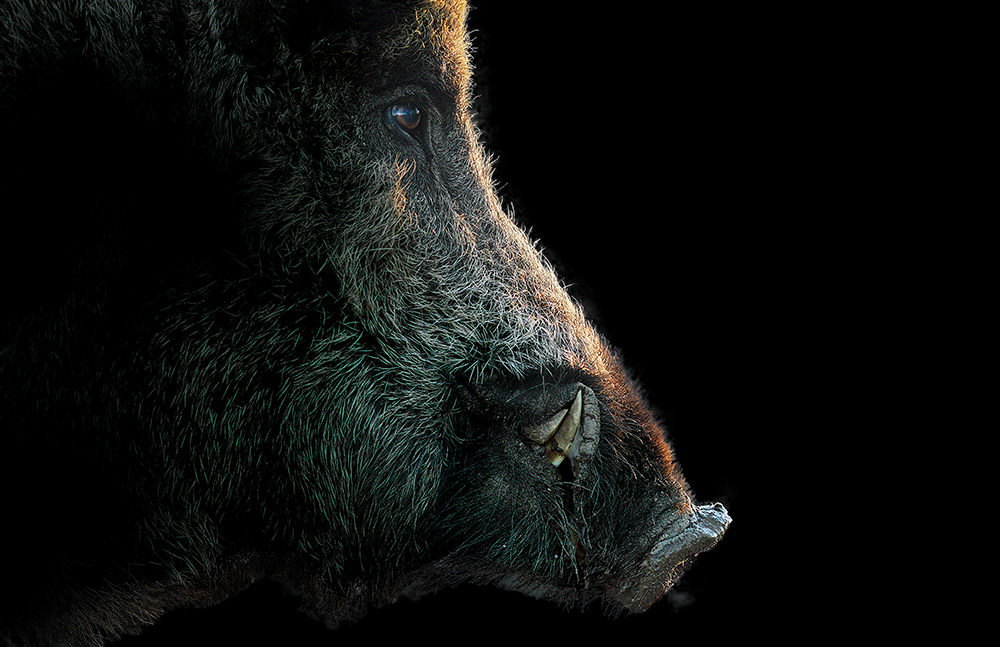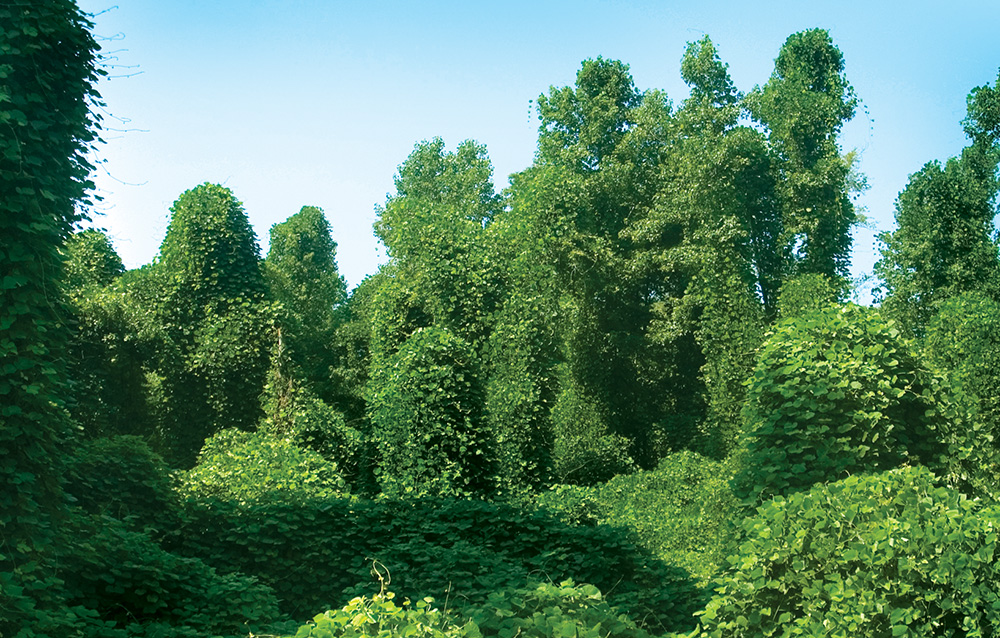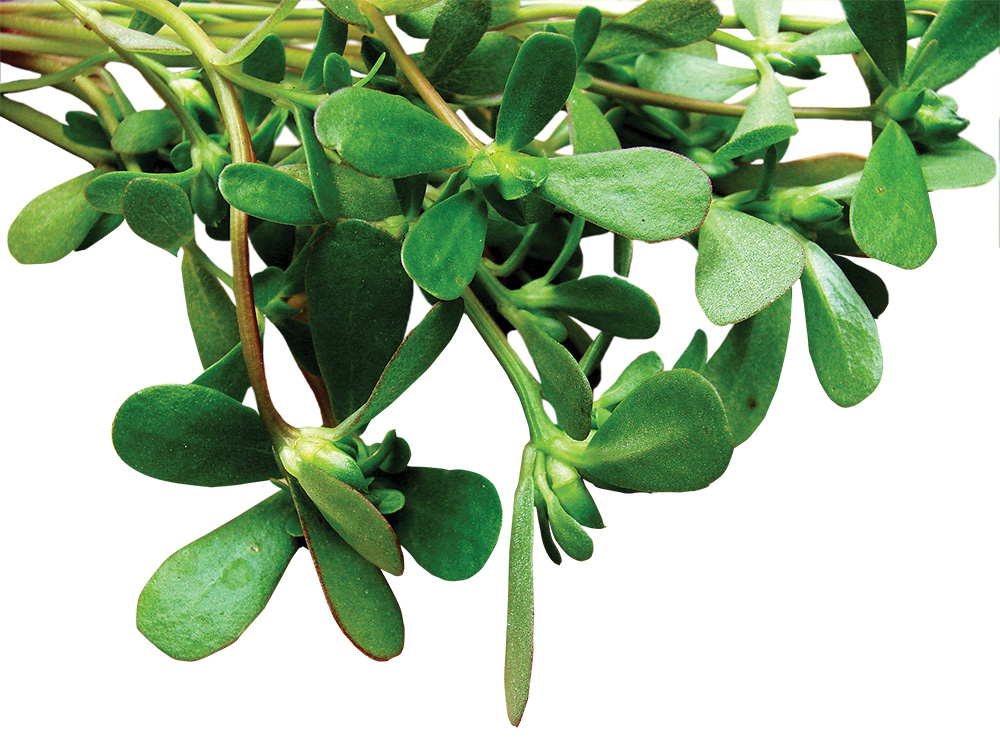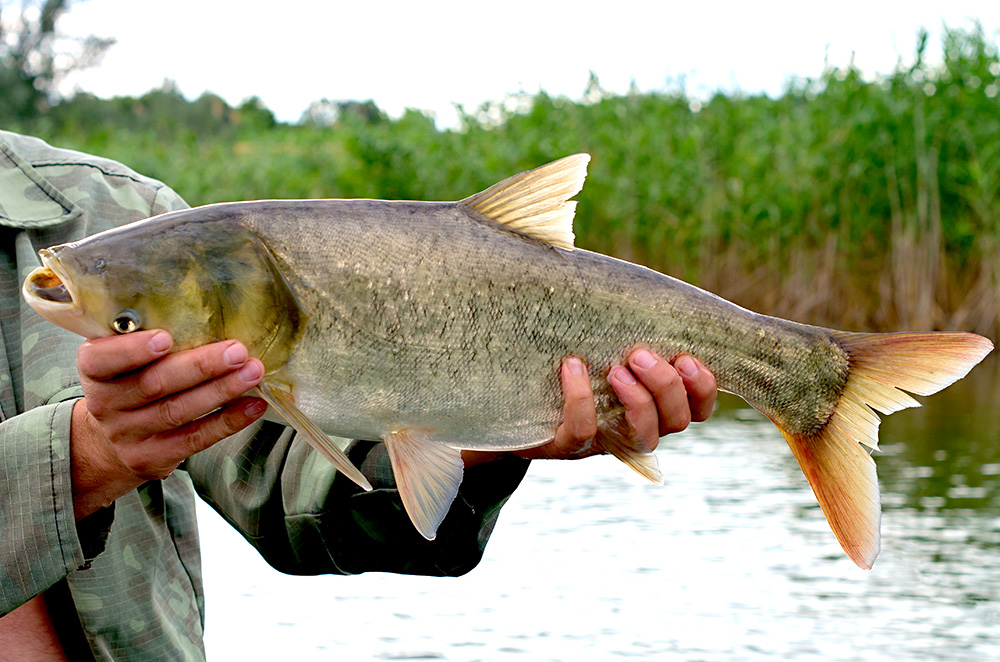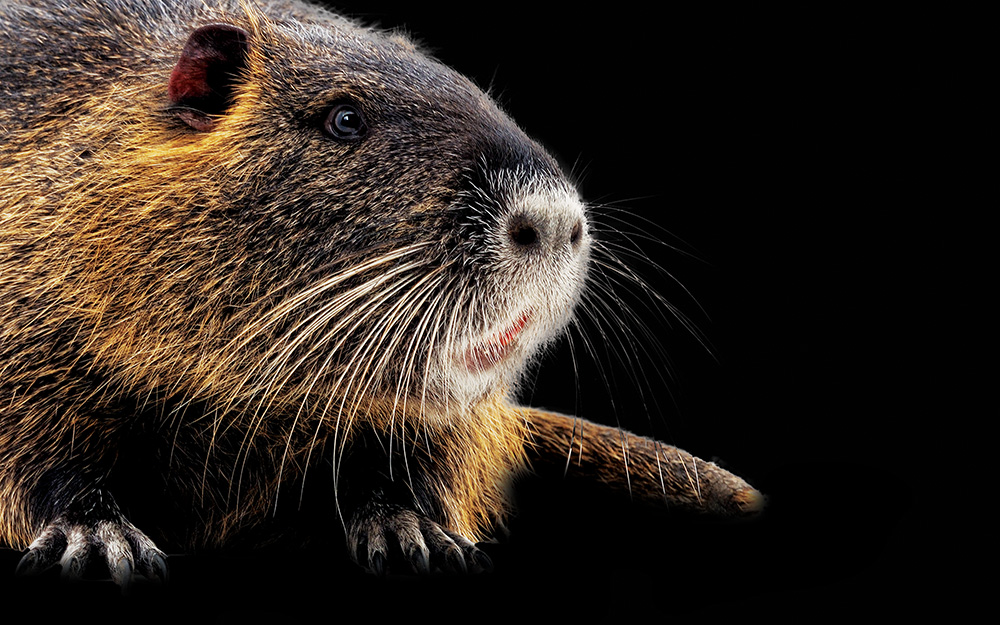The North American passenger pigeon was once the most abundant bird in the world. In the 1600s, settlers wrote of flocks so large they darkened the skies. Then, those settlers discovered the native bird was an easy food source, and by the early 1900s, they had hunted it to extinction.
It's a sad chapter in our history - and one that illustrates the remarkable impact hunting and foraging can have on a population.
So what if we turned our appetites toward invasive species?
The U.S. Fish and Wildlife Service estimates there are about 50,000 non-native species in the U.S. and that approximately 4,300 of those are invasive, or likely to cause environmental harm. Invasive species are considered one of the leading causes of global biodiversity loss, second only to habitat destruction. With no natural predators, non-native plants and animals proliferate.
The Other Side of the Plate
When it comes to invasives, not all support the “if you can’t beat ‘em, eat ‘em” philosophy. Critics worry that cultivating a food market for these unwanted plants and animals could lead to their spread by profit-hungry producers. Moreover, some evidence suggests that harvesting to control a population only works when that population is small and concentrated — but tell that to the passenger pigeon.Regardless, if history has taught us anything, it’s this: When it comes to manipulating a species, sometimes even the best intentions are served with unintended consequences.
But, in addition to being abundant, many of these invasives are quite nutritious.
Could eating these unwanted plants and animals be a sustainable solution to the problem? From 300-pound razorbacks to the "plant that ate the South," here are five invasive species we could be adding to our diet.
Editor's note: You shouldn't eat anything in the wild without really being sure what it is. Moreover, invasive plants may be contaminated with herbicides, so where you pick is as important as what you pick.
_______
Wild boar
Pigs are not native to North America. The animal was first introduced to our region by Spanish explorers in the 1500s, when free-range farming practices were common. Today's wild boar are descendants of those animals that escaped the herd. The U.S. Department of Agriculture estimates there are now 5 billion feral pigs in America.
Why they're harmful: Wild boar are known for destructive rooting, a behavior where the pig uses its snout to move soil, consequently reducing ground cover and destroying native habitats. In Tennessee's Big South Fork, for example, the rooting of wild boar threatens an abundance of native flora, including the rare white fringeless orchid.
Why we should eat them: Compared to their domestic cousins, wild boar meat is lean and low in cholesterol. Not to mention, it has no added antibiotics or hormones.
Flavor profile: Sometimes described as a cross between pork and beef, wild boar is noted for its strong, nutty, rich flavor.
Wild boar meatballs
Recipe from Rebecca Barron, executive chef, St. John's and Meeting Place
What you need:
1 pound wild boar meat
1 pound pork
1/2 ounce salt
1/2 teaspoon red pepper flake
1/2 teaspoon dried oregano
1/2 teaspoon smoked paprika
1/2 teaspoon black pepper
2 tablespoon Parmesan cheese
3/4 cup buttermilk
1 cup breadcrumbs
2 cloves minced garlic
1 egg, whisked
1 can tomato sauce
What you do:
1. Mix all ingredients except the tomato sauce together in a bowl by hand and let set in the fridge for about 20 minutes. After chilled, form mixture into 1-inch balls.
2. Sear on each side, then place in baking dish and cover with tomato sauce. Bake at 375 F until meatballs are cooked all the way through and sauce is reduced, about 30 minutes.
_______
Kudzu
Kudzu was introduced from Japan in 1876, and planted throughout the American South to help reduce soil erosion and add nitrogen to the soil. By 1946, 3 million acres of kudzu had been planted by farmers. With the ability to grow up to a foot per day, kudzu is now estimated to cover 7.4 million acres of the Southeastern U.S.
Why it's harmful: Fast-growing kudzu chokes out native plants by forming blankets over the land that are impenetrable by light. According to a 2010 study published by the National Academy of Sciences, kudzu may also be contributing to air pollution by producing certain chemicals which, when combined with the nitrogen in the air, can cause health problems for humans.
Why we should eat it: Kudzu is a versatile plant with known benefits. Its leaves can be eaten raw in salads or sauteed like collard greens. Its blossoms can be used to make jelly or syrup. For millennia, the plant has been used in Chinese medicine to treat alcoholism and reduce symptoms of a hangover, including headache, upset stomach, dizziness and vomiting. Recent studies have shown properties of kudzu to effectively treat the same in lab rats. (Note: Kudzu seeds and seed pods are not edible.)
Flavor profile: Kudzu leaves taste like a mild spinach, while its blossoms provide a sweet, fruity flavor sometimes compared to a grape-apple or a strawberry-apple combination.
Kudzu quiche
Recipe from Eattheweeds.com
What you need:
1 cup heavy cream
3 eggs, beaten
1 cup chopped, young, tender kudzu leaves and stems
1/2 teaspoon salt
Ground pepper to taste
1 cup grated mozzarella cheese
1 nine-inch unbaked pie shell
What you do:
Preheat oven to 350 F. Mix together all ingredients and place in pie shell. Bake for 35-45 minutes, until center is set.
_______
Purslane
A small succulent with a reddish stem and thick round leaves, purslane is native to India and Persia. Early European settlers introduced the plant to America likely as a food source. In fact, purslane recipes are commonly found in 18th and early 19th century cookbooks. Martha Washington's famous "Booke of Cookery," for example, includes a recipe for pickled purslane.
Why it's harmful: Purslane is a common weed that can thrive almost anywhere, from fertile gardens to cracks in the sidewalk. It's difficult to control due to its ability to produce large numbers of seeds and easily reroot itself. Fast-growing in dense, sun-blocking mats, purslane prevents the growth of other seedlings.
Why we should eat it: Considered a "superfood," purslane is high in omega-3 fatty acids and beta carotene.
Flavor profile: Purslane is often compared to watercress or spinach, but with a peppery kick.
Sauteed purslane
Recipe from Rachel Gray, education and volunteer coordinator, Crabtree Farms
What you need:
Several handfuls of purslane mixed with leafy greens of your choice
Chopped garlic
White vinegar or apple cider vinegar
Olive oil
Salt and pepper
What you do:
1. Fill a bowl with hot water and add a capful of distilled white vinegar or apple cider vinegar. Rinse the purslane in water/vinegar mix, then dry using a salad spinner or paper towels.
2. Drizzle olive oil into a hot pan. Add chopped garlic (as much or as little as you like) and saute to a light golden color.
3. Add purslane and leafy green mix. Wilt the greens until reduced by one half.
4. Add salt and pepper to taste. Serve hot.
_______
Silver carp
Native to Eastern Asia, silver carp can grow up to 90 pounds and more than 4 feet long. The fish was imported to the American Midwest in the 1970s to help control aquatic vegetation in agricultural ponds, thus improving water quality. But flooding allowed the fish to escape into the Mississippi River, and it is now making its way through U.S. river systems via locks. Each year, the Tennessee Wildlife Resources Agency allocates $250,000 to fight the spread of invasive carp through local waterways. Despite the efforts, in January, the invasive fish arrived to Chickamauga Lake.
Why it's harmful: Silver carp are capable of eating up to 40% of their body weight each day. Their primary food source is plankton, or microscopic animals - which is also the main food source of native larval fish. Because there is no native fish large enough to eat an adult silver carp, the invasive can out-compete more beneficial species.
Why we should eat it: Rich in protein and low in mercury, silver carp are considered "clean" fish because, unlike common carp, they aren't bottom-feeders that feed on other fish.
Flavor profile: Sometime compared to cod, silver carp is a firm white fish, noted for a mild flavor.
Silver carp salad
Recipe from Rebecca Barron, executive chef, St. John's and Meeting Place
What you need:
For the fish:
1 pound cleaned carp fillets
2 tablespoons Diamond Crystal salt
1 tablespoon sugar
1 cup olive oil
For the dressing:
2 tablespoons diced pickles
2 tablespoons diced celery
2 tablespoons diced red onion
1 tablespoon Dijon mustard
Mayonnaise or aioli to taste
Salt and pepper to taste
What to do:
1. Season carp with salt and sugar, and let sit for about 20 minutes.
2. Gently heat olive oil in shallow pan until small bubbles form. Place the carp in the oil and simmer gently until set, about 4 minutes.
3. Remove carp with a slotted spoon and cool in fridge.
4. In a separate bowl, add all other ingredients, plus the chilled carp. Mix together as you would a tuna salad.
_______
Nutria
Known as "swamp rats," this semi-aquatic South American rodent looks like a cross between a beaver and a muskrat. Weighing about 15 pounds, nutria was imported to Louisiana in the 1930s for its fur. Inevitably, some animals escaped the fur farms and proliferated in nearby wetlands. Nutria has since expanded its range into West Tennessee and is now spreading eastward.
Why it's harmful: Like wild pigs, nutria have a habit of digging for food. In wetlands, the roots of vegetation are key in holding together the soft marshy soils. When these plants are destroyed, banks become unstable, resulting in erosion and increasing the risk of flooding.
Not only are nutria voracious, they reproduce quickly, giving birth to as many as 13 per litter. In Louisiana, where the problem is most rampant, it is estimated there are 20 million nutria spread across the marshlands.
Why we should eat it: Nutria meat is higher in protein and lower in fat and cholesterol than many other game and domestic animals, including turkey and farm-raised catfish.
Flavor profile: A red meat, nutria is most commonly described as having a taste like rabbit or dark turkey meat. The best way to try nutria is to plan a trip to Louisiana, where the meat is much more likely to appear on menus.

